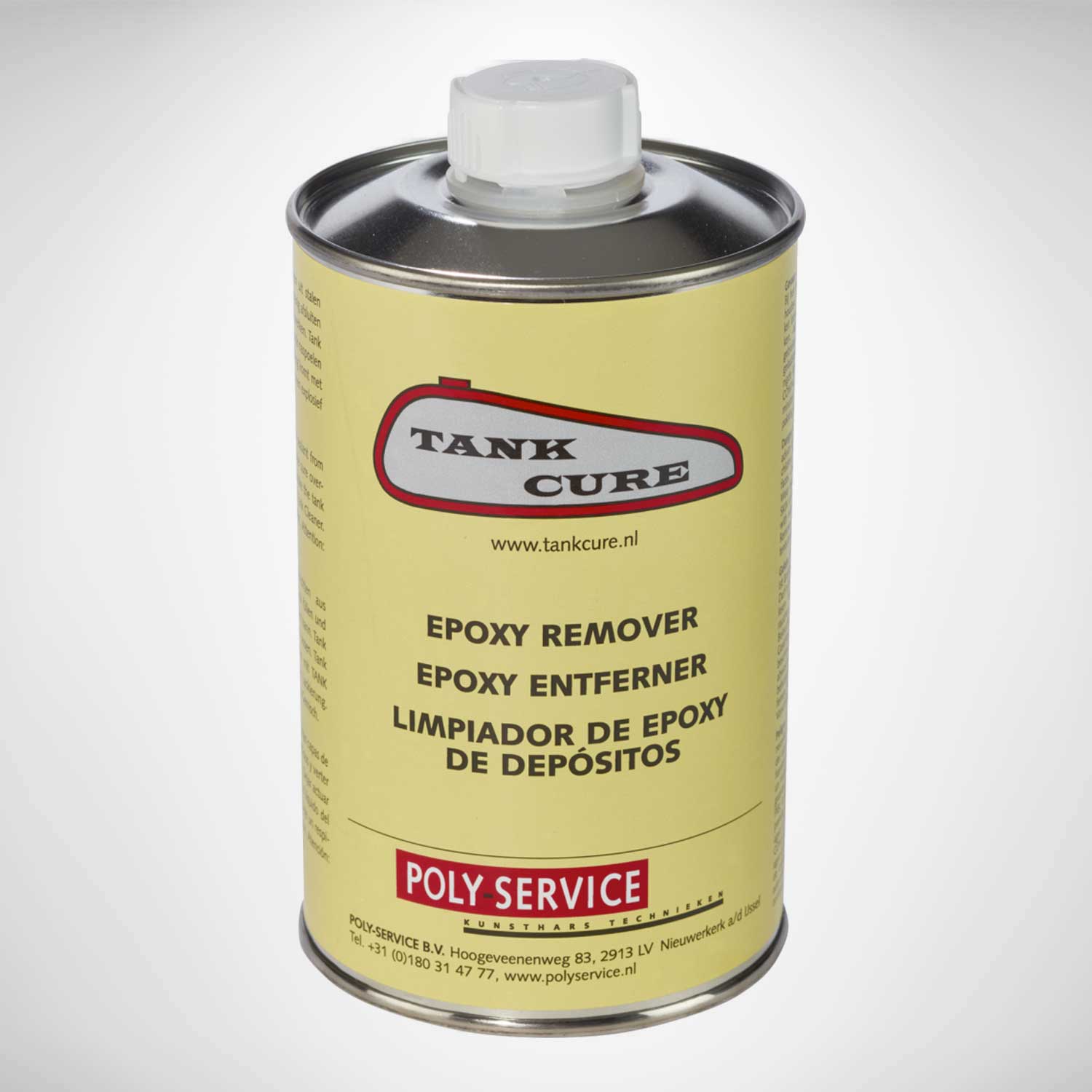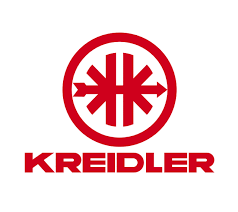Tank Cure Handling scheme and Tips
Remove old epoxy coating from fuel tank
Tank Cure Epoxy Remover

You can use Epoxy Remover to remove an old layer of coating from a steel property tank. First, remove all gasoline from your tank and rinse it with water. Then dry the tank, and let it cool down if necessary.
Epoxy Remover affects paint and gasket rings of the tank. Therefore, wrap your tank in a plastic bag and tape it around the filling opening. Thoroughly seal the opening of the fuel tap. Make sure you seal off the filler opening of the tank as well.
Make sure to maintain proper ventilation (open air), gloves, protective clothing and safety glasses before opening the can of Epoxy Remover. Avoid breathing in vapor or mist. Pour the Epoxy Remover into the tank and close the filling opening. Shake the tank gently for a few seconds so that the Epoxy Remover spreads throughout the tank. To release excess pressure, open the filling opening briefly. Remember to wear goggles and gloves.
Never place your tank filled with Epoxy Remover in bright sunlight, but rather place it in a cool and well-ventilated place. Leave the Epoxy Remover in the tank for 24 hours, after 24 hours drain the residue (outside!). The old epoxy layer in your tank will come out in small chips. Rinse the tank with plenty of water. Before applying a new coat, clean the tank thoroughly with Tank Cure Cleaner and treat with Tank Cure oxidizer.
next stepUseful tips
Epoxy Remover can only be used in steel tanks. Never use it in synthetic tanks (chemical reaction).
Never pour Epoxy Remover in a heated tank. Do not store in the sun or near heat sources. Do not smoke.
Do not use Epoxy Remover in tanks with gasoline or oil residue. It is recommended that working with Epoxy Remover always be done outdoors. After using the remover ALWAYS rinse the tank thoroughly with water and Tank Cure Cleaner.
Use oxidizer (acid) only after the tank has been rinsed with water and with Tank Cure Cleaner. Do not expose tank to high temperatures when using Epoxy Remover. When processing, take the required safety precautions and ensure adequate ventilation and/or personal protective equipment. For detailed data, refer to the product safety data sheet.









